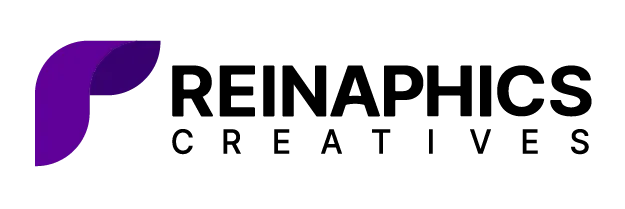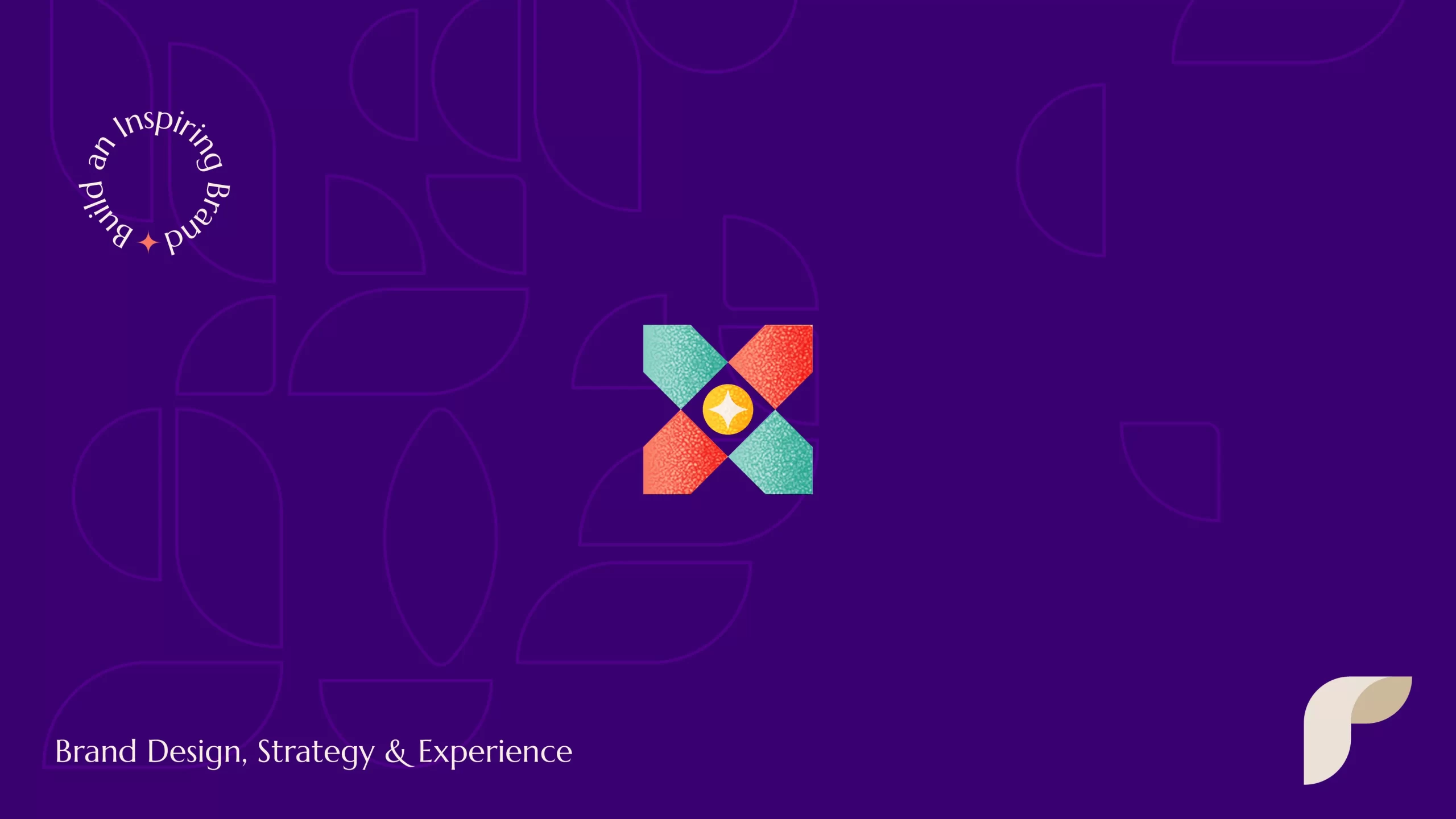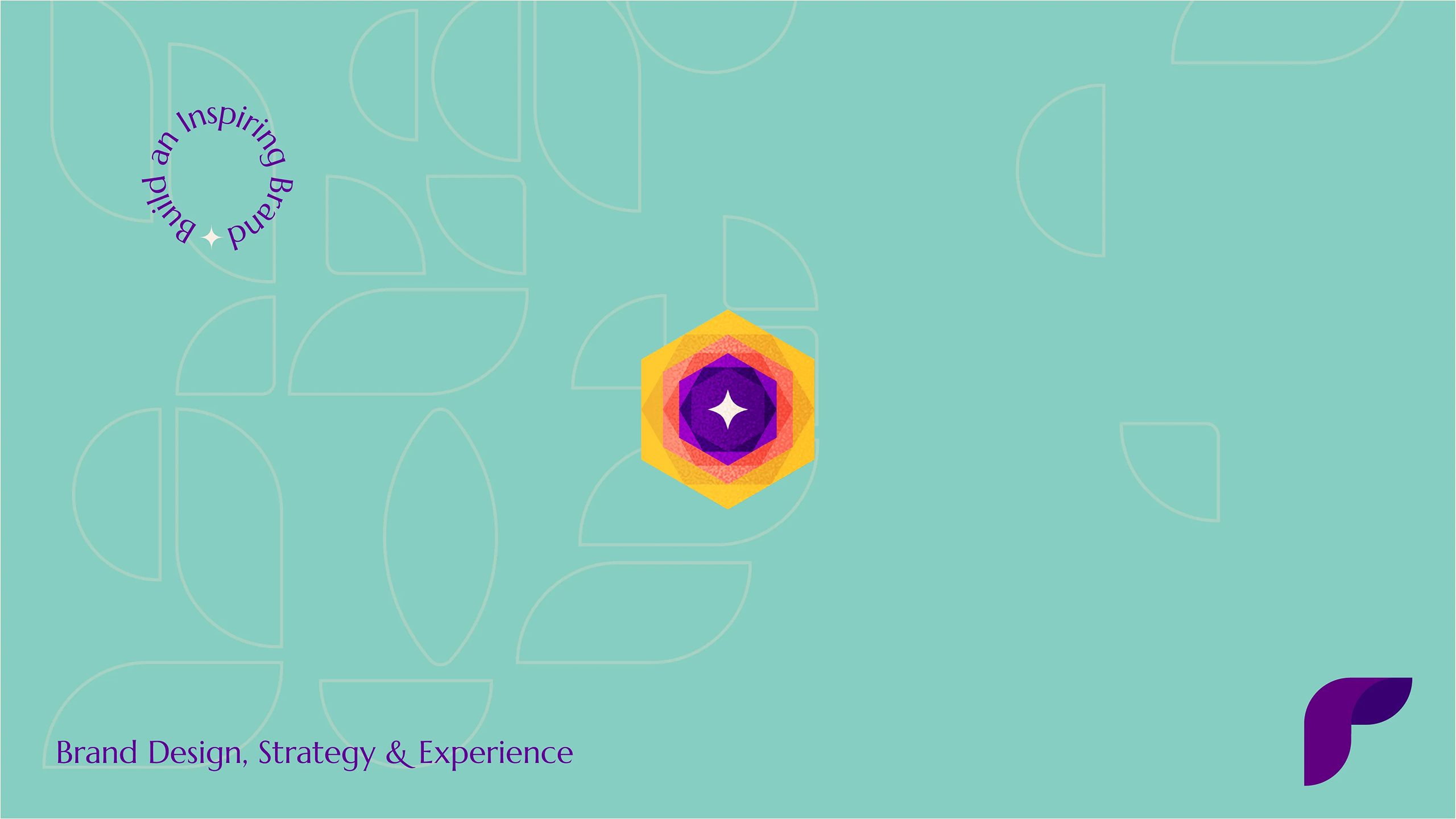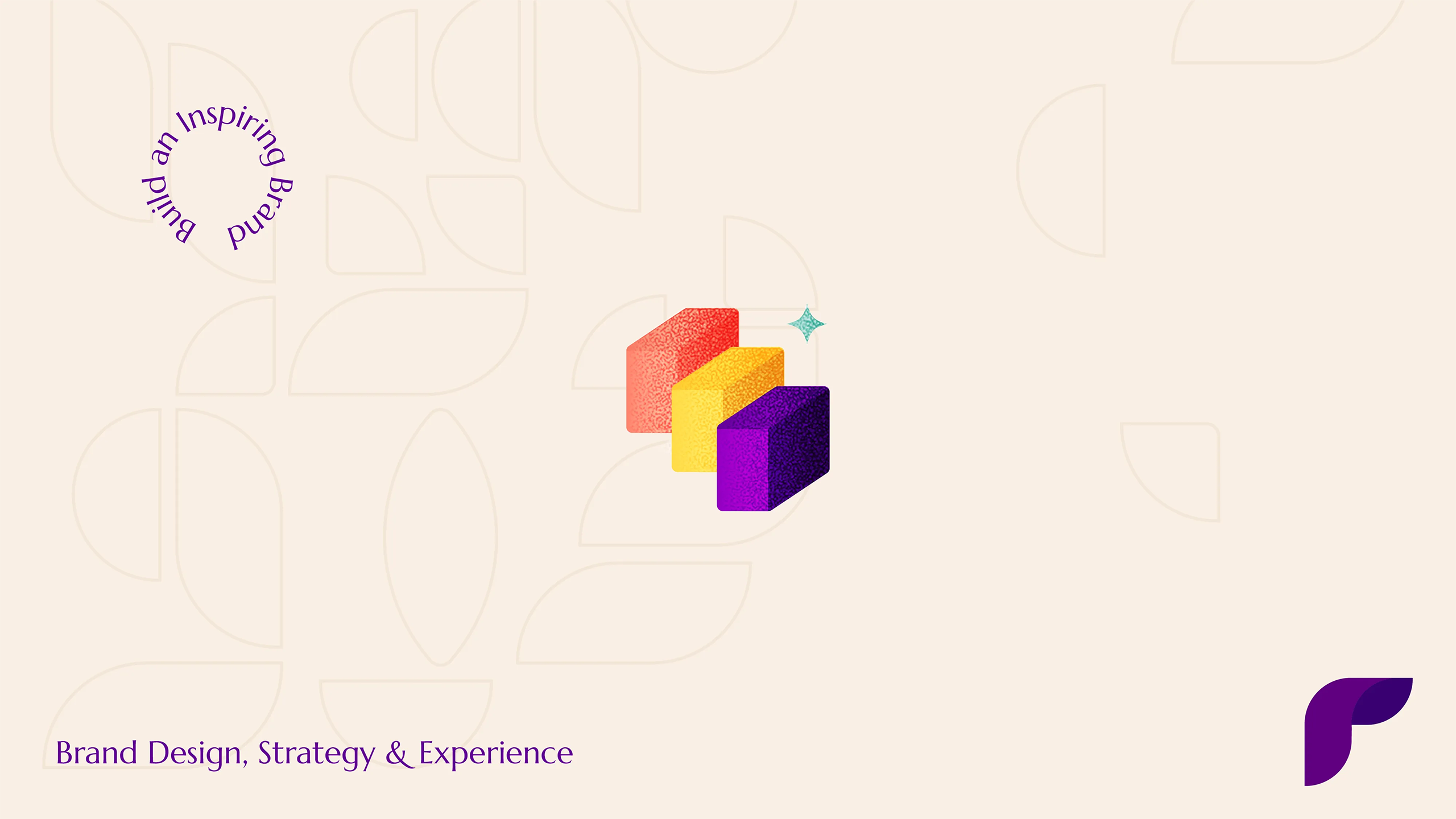When it comes to good brand communication, a logo has transcended its traditional role as a mere static symbol. Modern logos represent a dynamic visual language that must seamlessly adapt to an increasingly diverse and complex range of applications.
From minuscule promotional pins to expansive billboard displays, contemporary logos must possess an extraordinary ability to maintain their core essence. At the same time, they need to flexibly respond to various design challenges and contextual demands.
Inside this article,
Understanding scalable logo designs
Scalable logo design represents a sophisticated approach to visual branding that goes far beyond traditional static identity systems. You need to have a good grasp of how visual elements can be strategically constructed to remain recognizable. Only then can you use this advanced design philosophy well across multiple sizes, mediums, and contextual environments.
The most successful scalable logos demonstrate an incredible ability to communicate brand personality. At the same time, they succeed in maintaining structural integrity and visual clarity in dramatically different scenarios. Designers pursuing scalable logo development must cultivate a holistic approach that considers numerous technical and creative factors.
You must have seen some logos as microscopically small digital icons. Others are made to retain their emotional resonance when printed on corporate stationery. You might have even seen some logos and how they command attention when you see them on large-scale architectural signage. This versatility requires a balance between simplification and detailed representation, where each iteration of the logo preserves the fundamental visual DNA of the brand.
Design principles for versatility
The minimalist design approach has emerged as a cornerstone strategy for creating truly adaptable logos. By deliberately reducing visual complexity, designers can craft logos that transcend traditional limitations. This methodology involves stripping away decorative elements to reveal the purest expression of brand identity. The resulting designs maintain exceptional clarity across various sizes, reduce visual noise, and enhance immediate brand recognition.
Modular logo construction is known to be another pivotal technique in today’s scalable design. Conceptualizing a logo as a flexible, interconnected system allows designers to create visual identities that can be dynamically reconfigured while maintaining consistent brand messaging. Each logo element becomes a potential building block, capable of functioning independently or combining with other components to create more complex visual narratives.
Also read: Simplicity in logo design: The secret for lasting impact
Technical considerations
The technological foundations of scalable logo design demand a sophisticated understanding of graphic production techniques. Vector design has emerged as the primary methodology for creating truly adaptable logos, offering infinite scalability and maintaining crisp, clean edges regardless of size or resolution.
Unlike raster graphics, which suffer from quality degradation when resized, vector designs provide designers with unprecedented flexibility and precision. You must have figured out that file format versatility becomes equally critical in this context. This is because the modern brands you see around you today use logo files made across multiple formats to ensure integration across platforms.
This means generating high-quality exports in SVG for web and digital applications, AI or EPS for professional print and large-format designs, PNG for digital interfaces, and JPEG for specific use cases. Each format serves a distinct purpose, ensuring the logo maintains its visual integrity across different technological ecosystems.
Also read: Design for print vs. digital: Understanding the differences
Merchandising applications
Corporate merchandise presents a complex landscape for logo adaptation. Designers must meticulously consider the physical constraints of various product surfaces, testing logo variations across different material textures and sizes.
A logo that appears elegant on a corporate brochure must translate equally effectively to a small promotional pen or a large trade show display backdrop. This requires creating specialized versions that preserve brand essence while adapting to specific dimensional and contextual requirements.
Have you ever noticed seasonal and event-specific logo adaptations? If you saw them on coffee cups that Starbucks makes for Christmas, Halloween, and festive seasons, then you are sure to know what we mean. Such logo use creates temporary variations incorporating thematic elements while maintaining core visual identity.
These adaptations might include holiday-themed modifications, limited edition product line branding, or region-specific cultural celebrations. The goal remains consistent: create logo variations that feel both familiar and fresh, expanding brand narrative while respecting established visual guidelines.

Brand element system: Crafting a comprehensive visual language
At the core of an effective brand element system lies the creation of a meticulously curated visual library that goes well beyond a simple logo. This library encompasses a comprehensive collection of design components that work together harmoniously, providing designers and brand managers with a flexible toolkit for visual communication.
Modular design components represent a critical innovation in brand identity development, conceptualizing brand elements as interconnected, adaptable building blocks that allow for creative variation while maintaining a core visual DNA that makes the brand instantly recognizable.
The pursuit of a flexible brand identity system requires a delicate balance between standardization and creative freedom. Successful systems provide clear, comprehensive guidelines that define acceptable logo usage, color combinations, typography rules, and graphic element interactions, while simultaneously leaving room for contextual adaptation.
Future trends
If you have been reading till here, it will also help if you know the future trends expected for logo designs. Artificial intelligence and machine learning are introducing new capabilities in automated design generation. This means that you can engage in the creation of context-aware, dynamically adaptable brand identities.
These technologies promise logos that can intelligently modify themselves based on specific environmental or digital contexts, representing a quantum leap in visual branding strategies. The future of logo design is fundamentally about creating intelligent, responsive visual systems that can communicate brand essence across an expanding range of platforms and experiences.
As digital and physical environments continue to converge, logos will become more than static symbols. They will transform into living, adaptive brand expressions that can instantaneously respond to changing contextual demands.
Conclusion
Scalable logo design epitomizes the intricate intersection between artistic creativity and technical precision. By leveraging flexible design principles, you can create visual identities that are timeless yet dynamically adaptive.
The most successful logos of the future will not merely represent organizations. They will serve as sophisticated communication platforms capable of telling complex brand stories across multiple dimensions of human experience.




